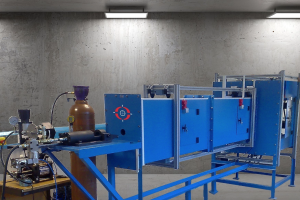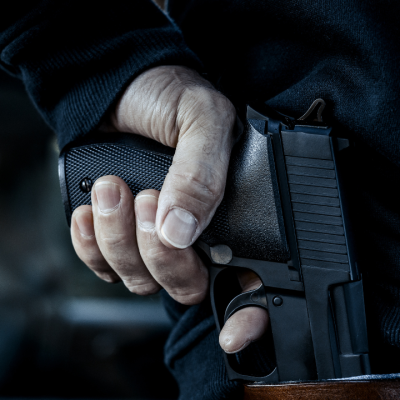The process of manufacturing a firearm is a complex and precise undertaking, involving modern technology and time-tested craftsmanship. Every step from design to assembly ensures that the end product is reliable, durable, and safe to use. Let’s dive into the general process of how guns are made and provide some useful resources along the way for those wanting to explore this topic further.
1. Design and Engineering
The first step in gun manufacturing is the design phase. Engineers use Computer-Aided Design (CAD) software to model the firearm, ensuring everything fits together perfectly. At this stage, decisions about materials (usually steel for the barrel and frame, and polymer for grips and stocks) are made.

Once the design is approved, prototypes are created and tested for safety, reliability, and performance. If the prototype passes all the necessary tests, it moves into the production phase.
For a deeper look into firearm design, check out Firearm Engineering on HowStuffWorks.
2. Raw Material Preparation
Next, raw materials are prepared for manufacturing. Metals such as steel or aluminum are forged or cast into the basic shapes needed for parts like barrels, frames, and slides. The raw material is often heat-treated to increase durability and resistance to wear and tear.

Once these basic components are formed, they undergo machining and finishing processes to get them closer to the final product.
3. Precision Machining
Machining is one of the most critical steps in firearm production. Manufacturers use Computer Numerical Control (CNC) machines to cut and shape metal components to precise specifications. These machines can create parts with incredible accuracy, ensuring that every component of the firearm fits together seamlessly.
One important part of the machining process is barrel rifling. This is where grooves are cut inside the barrel to impart a spin to the bullet, which improves accuracy.
To learn more about precision machining in firearm production, check out this article on CNC Machining.
4. Component Manufacturing

In addition to the larger components like barrels and slides, firearms require various smaller parts such as triggers, springs, and firing pins. These are typically made through metal stamping or casting. Other components, such as grips or stocks, may be molded from polymer materials, making them lightweight and durable.
5. Assembly
Once all the components are manufactured, the firearm is assembled. Depending on the manufacturer, this can either be done by hand or by automation. Key steps in the assembly process include fitting the barrel into the frame, attaching the stock (if applicable), and assembling the firing mechanism.
Some manufacturers, like Glock and Sig Sauer, rely heavily on automation, while others emphasize hand assembly for a custom touch.
6. Finishing and Quality Control
Firearms are finished with various protective coatings to prevent corrosion and enhance durability. Common finishes include bluing, parkerizing, or Cerakote. After finishing, each firearm goes through rigorous quality control inspections, ensuring that all parts function correctly and that the firearm performs safely.
To read about various firearm finishes, visit Gun Finishes Explained.
7. Testing
Every gun undergoes thorough testing before it leaves the factory. This includes proof testing, where the gun is fired using over-pressured ammunition to ensure it can withstand extreme conditions. Guns are also tested for accuracy, reliability, and functionality before being approved for sale.

8. Packaging and Shipping
Once a firearm passes all quality control measures, it’s packaged along with the necessary manuals, accessories, and sometimes additional features like gun locks. From here, firearms are shipped to distributors, retailers, or directly to consumers, depending on the manufacturer’s sales process.
Final Thoughts
The gun manufacturing process combines cutting-edge technology with traditional craftsmanship to create firearms that are reliable and effective. Each step, from design and material selection to precision machining and testing, is crucial to producing a high-quality firearm.
For more information on the firearm manufacturing industry, explore the following resources:
Understanding how firearms are made gives us a deeper appreciation for the innovation and precision behind these tools, whether they’re used for defense, hunting, or sport.





